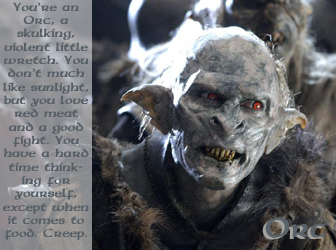Firstly POP's are fat soluble. This means that foods high in fat are likely to have higher levels than fat free foods. This means fruits and vegetables are unlikely to contain POP's.
A NZ study undertaken in 1997 investigated NZ foods and levels of POP's. This is what they found is shown in the two figures below. Firstly the graphs are in 1-TEQ levels. Within each family of POP's eg PCDD and PCB, their are a range of poisonous chemicals. Each chemical will have a different poison level, hence to graph them all on one graph they are modified by their poison level so that they can be compared.
Figure 1: PCDD equivalent levels in NZ foods in 1997.
Figure 2: PCB's equivalent levels in NZ foods in 1997
What I find interesting is that meats are not higher. I would have thought that pastures which have been farmed for over 100 years and in that time had some fairly toxic sprays, chemicals etc used on them. However the level of poisons in the meat are at approximately same level as cereals. Also dairy products seem lower than expected for the same reason. This makes me think that cows are designed not to transport poisons into the milk.
The other disturbing thing is how high fish is in these toxins. One of the reason is that these toxins concentrate up the food chain. Hence DDT was banned as it was killing off American bald eagles as they were at the top of the food chain. (just like we are!). It is especially unnerving as we need to eat more fish!
The fish products analyzed were:
- New Zealand fish: Selection of snapper, blue cod, sole and terakihi, plus
battered deep-fried fish from fish and chip shop - Shellfish: Oysters and mussels
- Imported tinned fish: Tinned tuna, salmon and sardines
PCDDs, PCDFs and PCBs were quantified in all three fish samples. The importedPutting this into numbers NZ fish and shellfish had an average PCDD's level of 0.027 and 0.021 ng/kg respectively. Imported tinned fish had approximately 5 times this level with 0.12 ng/kg. For PCB's the NZ fish had a third and shellfish a fifth of tinned fish.
tinned fish had markedly higher levels relative to the New Zealand samples.
So even though the toxins were found in all three fish food groups the overseas tinned tuna, salmon and sardines had high levels. This is likely due to higher pollution in these fishery's. Also tuna and salmon are near the top of the food chain.
Potatoes both raw and deep fried as potato chips had a third of the toxins than processed snack food. This is not surprising due to the level of processing would bring the food into more contact with plastics and other contaminates. Also oil had about 75% toxin level compared to processed food. As processed food generally has a higher oil content it is unsurprising that it has a high contaminate level. This is interesting as I suggested in my last post that obesity could be a sign of eating poor foods that had high toxin level and it is this toxin level, not the weight gain, that causes diabetes. This data seems to support that theory.
Lastly here is a graph comparing the NZ intake to various overseas intakes. I think the take home message is rather clear - be grateful that you live in NZ (if you do!).
So in summary:
- Eat NZ fish, not canned imported fish (remember Tuna has low omega 3 fats)
- Don't worry about red meat having high levels of toxins
- Be grateful if you live in NZ












